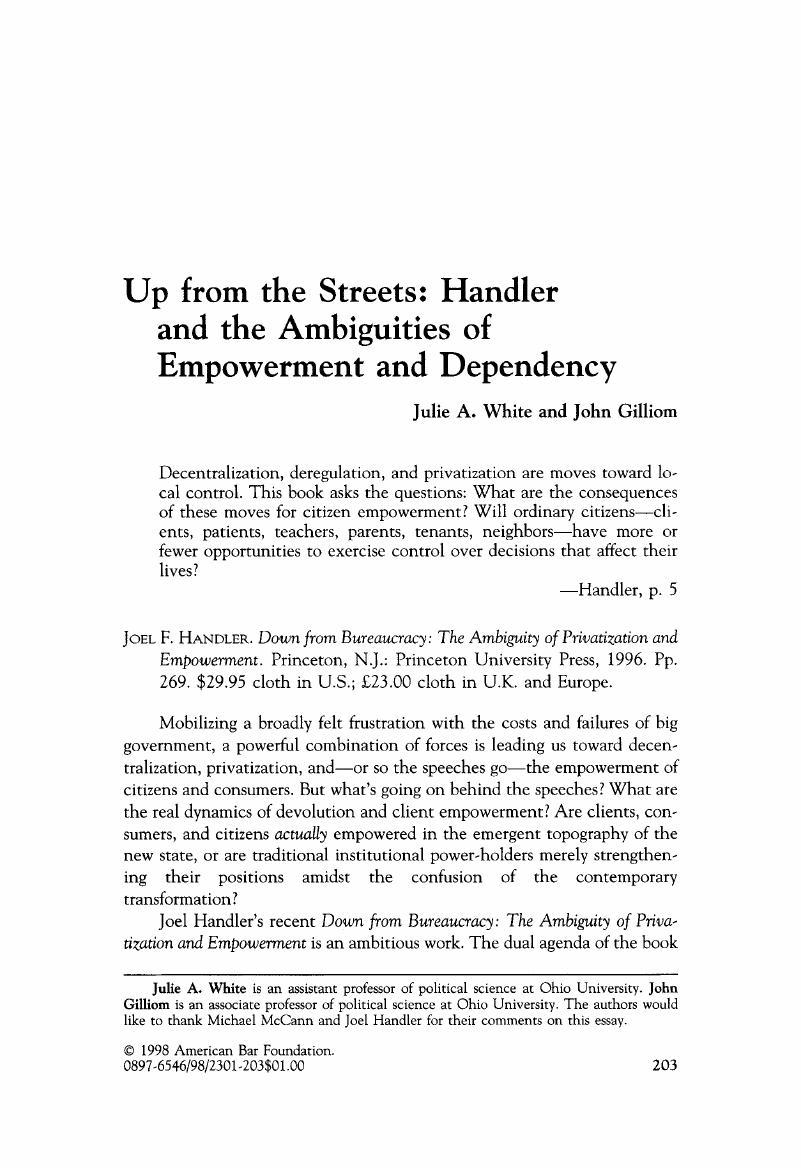Crossref Citations
This article has been cited by the following publications. This list is generated based on data provided by Crossref.
Petrič, Gregor
and
Petrovčič, Andraž
2014.
Individual and Collective Empowerment in Online Communities: The Mediating Role of Communicative Interaction in Web Forums.
The Information Society,
Vol. 30,
Issue. 3,
p.
184.





